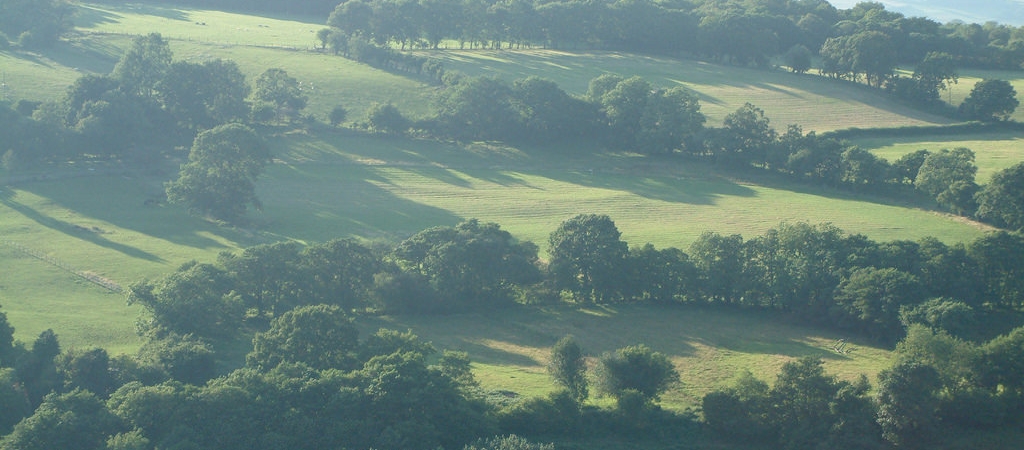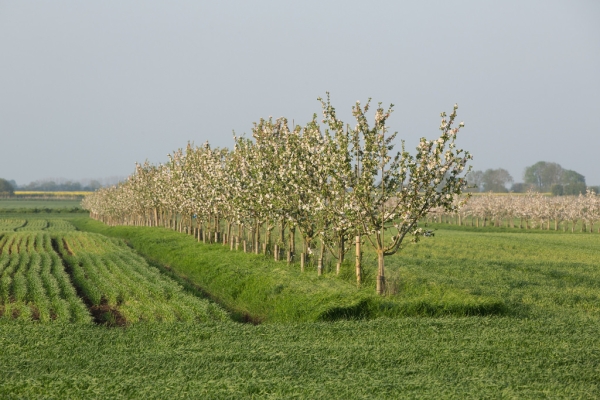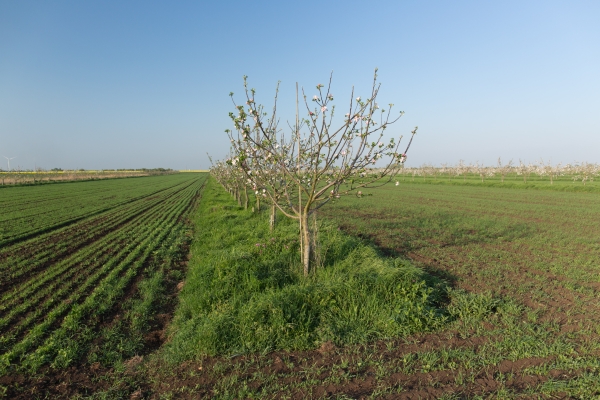Shelterbelts can protect soil against erosion
Resource explained
This case study focuses on Nottinghamshire arable farmer Richard Thomas and how he, with his son and farm manager, have tackled soil erosion on the farm, which stands on hills exposed to strong winds and intensive rainfall that can wash away valuable top soil. He wanted to be able to slow water so that he could ensure sediment and nutrients stayed on the farm, and collect as much rainfall as possible to filter into an aquifer; to help avoid floods and preserve water for irrigating purposes. It describes various measures introduced; planting nurse crops to protect the soil, restoring hedgerows to act as windbreaks, introducing 6 metre field margins, digging ridges, converting field corners to grass to help keep soil and water on the farm, and planting trees to create shelter belts in areas where they could help protect against soil erosion.
Findings & recommendations
- Identifying areas of the farm where trees could deliver protection from erosion will help improve the productivity of your farm business.
- With the help of a Woodland Trust adviser, Richard, his farm manager and son planted 7,550 trees on an area of 3 hectares. Subsidies are available towards the cost of trees – the Woodland Trust subsidised costs for Richard and provided stakes, guards and biodegradable mulch mats to help with the maintenance of new saplings.
- Shelter belts can be planted as part of a Higher Level Stewardship scheme. They can protect soil and crops against the impact of intense rainfall by providing deeper rooting trees.
- Target problematic areas by planting trees so that when heavy rainfall occurs, the trees will encourage infiltration and prevent the water from gathering pace and causing soil and sediment to wash off fields.
- Organic matter from leaf litter helps improve soil stability and structure, enabling surface water runoff to percolate into the soil rather than pour off the land.
- Trees and shrubs provide a barrier against the wind, helping protect top soil and recently planted crop seeds. You can plant them strategically on low quality land on which it is difficult to grow economically viable crops.








